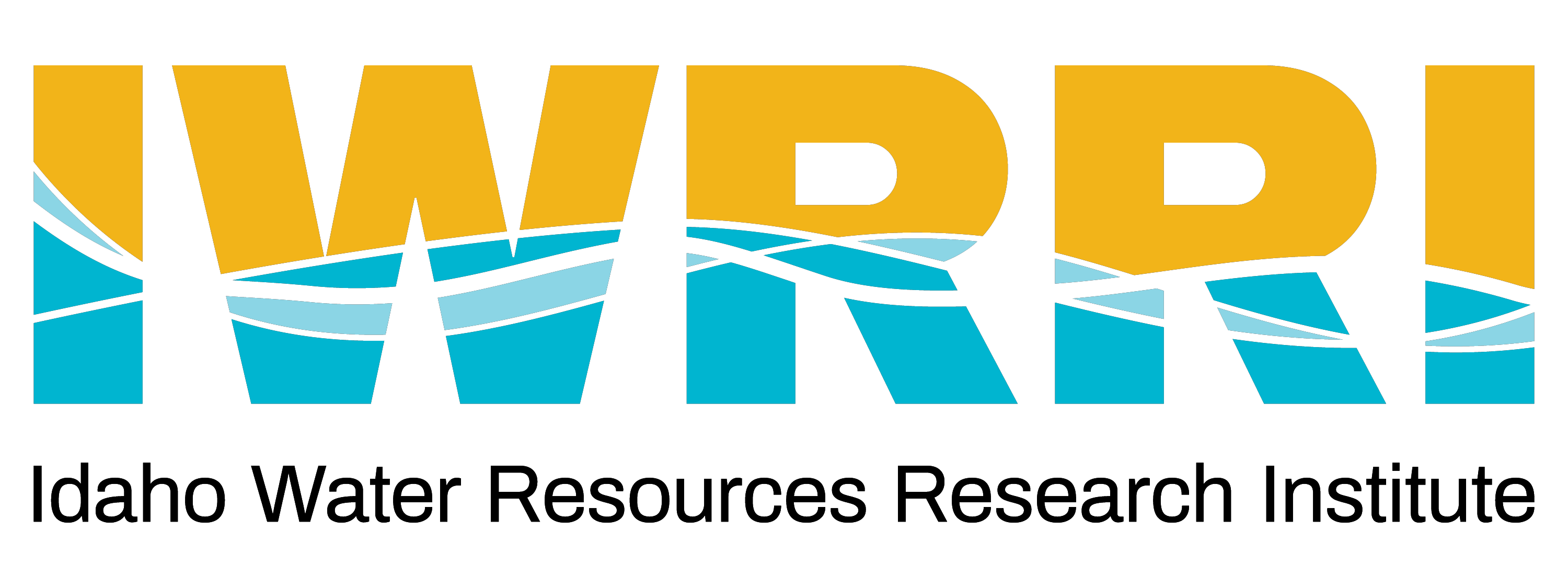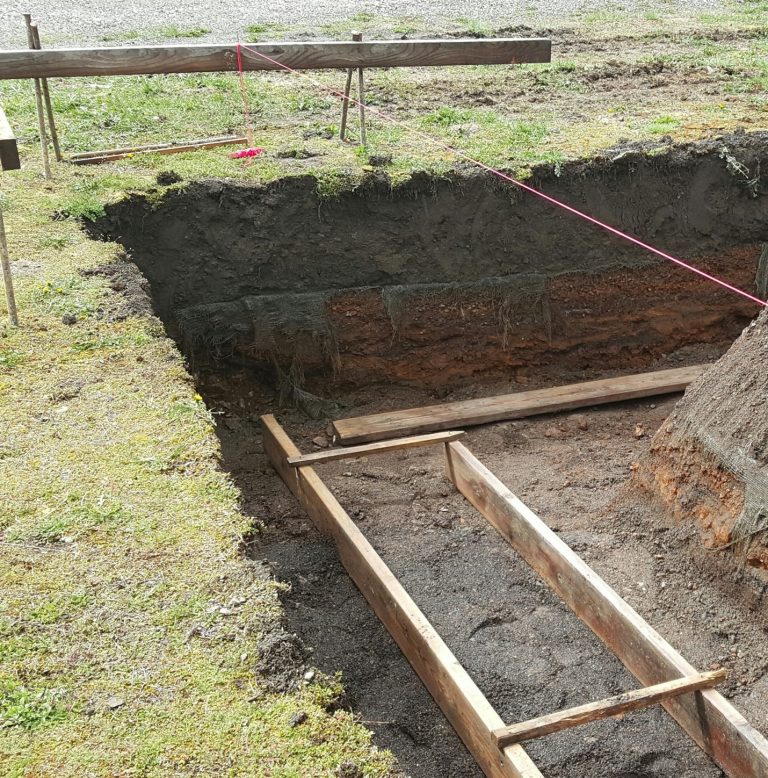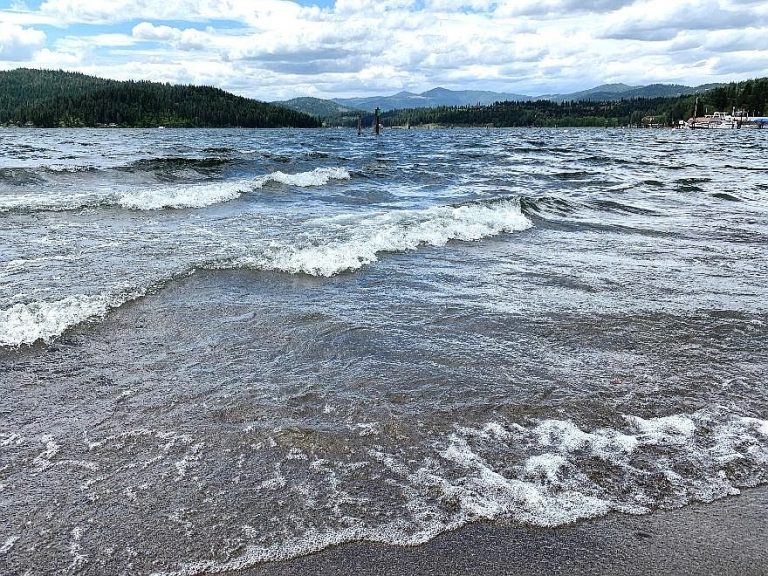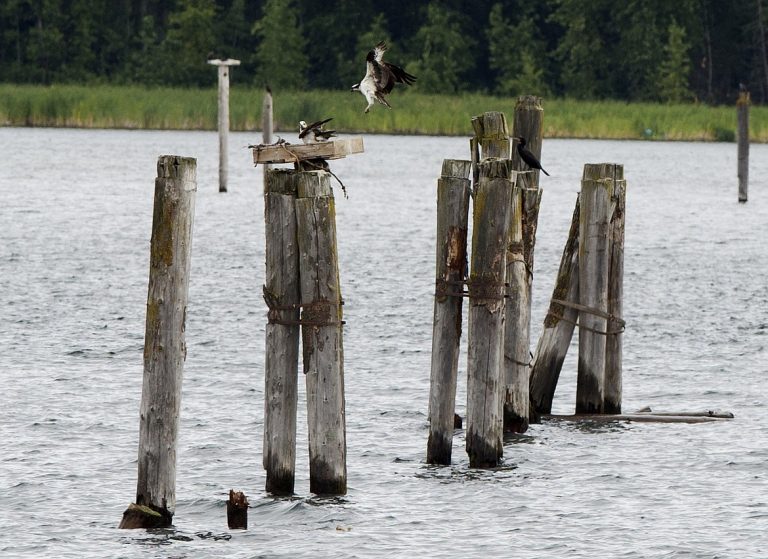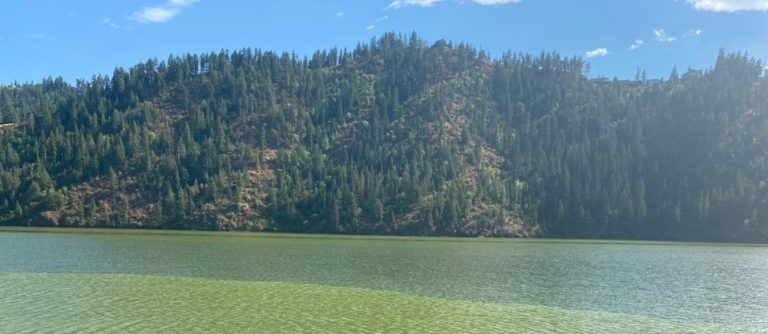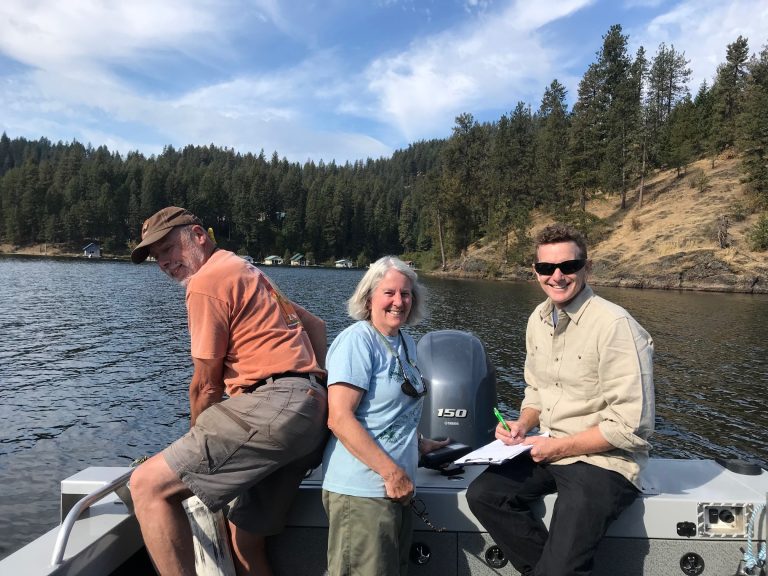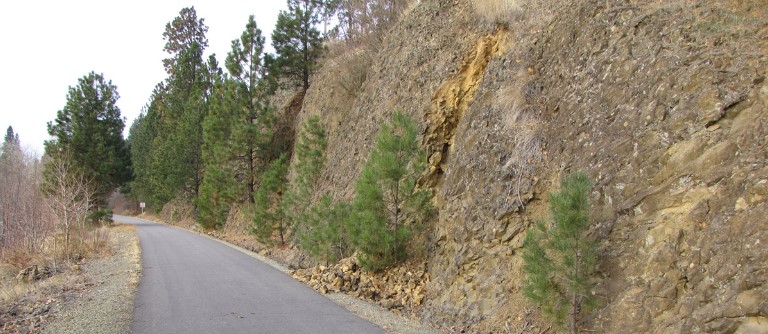Institutional Controls Program, Lead Health, and What it Means to You
This story was written by Guest author: Mary Rehnborg on behalf of the Our Gem Collaborative team for the CDA Press on Sunday, January 1, 2023. Read the original article. The history of the Bunker Hill Superfund Site (BHSS) is a long and complicated one. Cleanup of legacy mine waste throughout the site began in the late 1980s and continues today. But cleanup isn’t so easy at the BHSS. Several factors limited the types of remedial options available here. Factors such…
